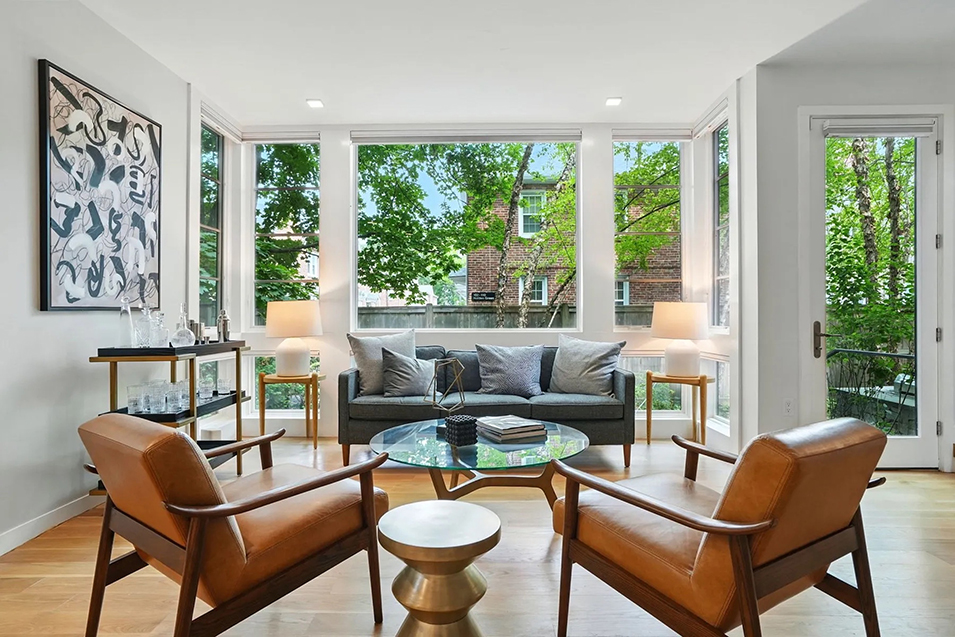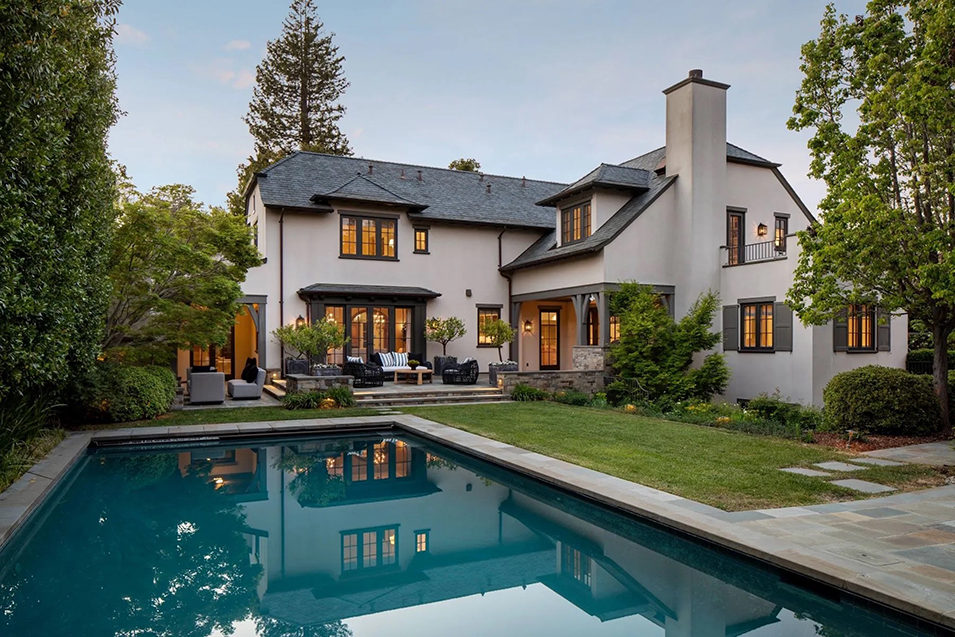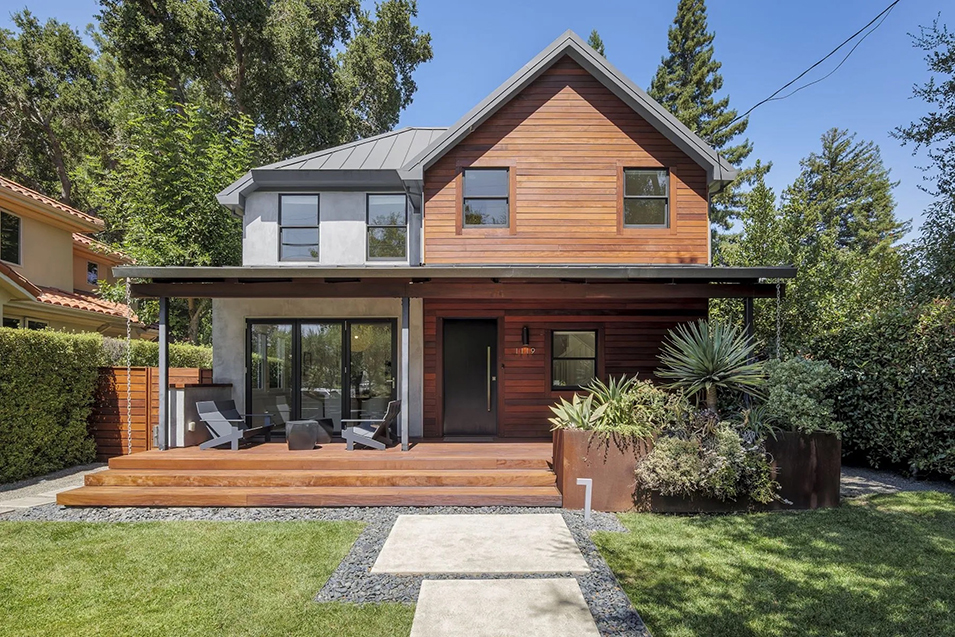The latest university rankings are out and can only be good news for luxury real estate in prime locations, writes Elizabeth Fazzare
Back-to-school season may have come and gone, but the U.S. luxury real estate market still has its eye on college towns following the release of the latest Best Colleges rankings by U.S. News. Princeton University in Princeton, New Jersey; MIT – Massachusetts Institute of Technology and Harvard University in Cambridge, Massachusetts; and Stanford University in Palo Alto, California, take the respective top four spots again this year.
Not only have these schools outranked their peers, they continue to boost the profiles of their host cities by bringing fresh talent, cutting-edge research, rich culture and new wealth to their areas every academic cycle. This rare combination of resources makes these small towns particularly appealing to home buyers, whether faculty members or not.

Cambridge, Massachusetts | Gibson Sotheby’s International Realty
Cambridge is the country’s oldest college town, hosting Harvard, the country’s oldest college, and has long been a desirable market. “For a small city, Cambridge offers such a vibrant quality of life and can really stand on its own rather than as a suburb of [adjacent larger city] Boston,” says Lauren Holleran, a global real estate advisor with Gibson Sotheby’s International Realty and a Cambridge resident herself for nearly 30 years.
College towns like Cambridge tend to offer a variety of real estate options, ranging from stylish condominiums, such as this three-bedroom penthouse with views of the Charles River and a light-filled home close to the coveted Harvard Square neighborhood, to more historic houses.
In Princeton, New Jersey, a seven-bedroom Tudor Revival on the aptly named “Library Place” was built in 1896 by no less than U.S. president Woodrow Wilson. Recently renovated by architect Ron Berlin in what the sellers describe as a “seven-year labor of love,” it even has a tribute to the Princeton campus in its hand-painted frescoes of famous college landmarks.

Palo Alto, California | Golden Gate Sotheby’s International Realty
The general architectural character of college towns often skews historical and low density, while urban centers tend to be walkable, with parks and tree-lined streets adding visual appeal and public amenities. As Holleran says of Cambridge: “We’ve got our own center of gravity with great restaurants, theater, culture and parks and it’s just such a pleasant place to live, while still having access to city resources.”
College town buyers come from all walks of life. It was Stanford University talent that seeded Silicon Valley success in Palo Alto, California. Today, college staff and students share their city with tech entrepreneurs and developers. Sometimes, they are one and the same. The variety of real estate reflects this, from a contemporary turnkey in the ever-popular Community Center neighborhood to a five-bedroom luxury home in old town Palo Alto, an area full of tech titans.

Palo Alto, California | Golden Gate Sotheby’s International Realty
While Holleran is currently noting fewer of the foreign “investor buyers” who usually make up a slice of Cambridge’s real estate market, it remains buoyant. “I’m not seeing any diminution in excitement from parents who might have kids going to Harvard law school and want to buy something for them, or from postdoctoral buyers, professors and every administrator up from there,” she says.
Academic excellence is often the foundation for a strong job economy in a region. Thanks to MIT and Harvard’s joint prowess, Cambridge is a leader in healthcare, biotech and life sciences, attracting professionals and their families who work in those fields. Nearby Boston has a big client base in finance as much as in education, Holleran adds, a market that spills over into Cambridge for those homeowners looking for a smaller-town feel.

Cambridge, Massachusetts | Gibson Sotheby’s International Realty
While the college rankings are based on academics and campus factors, the top college towns create their own buzz, strengthened by the rigor and resources of their universities.
“One of the real benefits of being in this market is that it has been so insulated from economic and political impacts,” says Holleran. “I think we’re seeing some of them now, but it’s just knocking some of the foam off the top, rather than really changing the baseline desirability.”
This blog post is adapted from content originally published elsewhere. The content is shared here for informational purposes only. Please visit the original source for full details: Original Source




